The diary from 4,500 years ago of a captain participating in the construction of the Great Pyramid of Giza describes in detail the daily activities, wages and meals of the workers under his command.
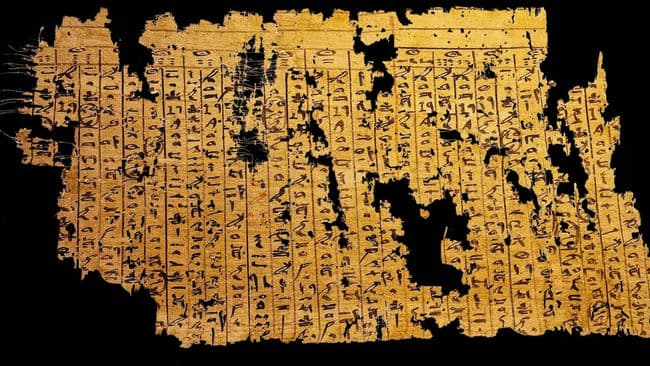
Located on Egypt’s Red Sea coast, Wadi al-Jarf was a bustling center more than 4,000 years ago. Wadi al-Jarf’s historical importance was reinforced in 2013 when researchers found 30 of the world’s oldest papyri hidden in man-made limestone caves there. These Red Sea scrolls have special significance in terms of content. Not only do they reveal Wadial-Jarf’s past as a bustling seaport, they also contain first-hand records of a man named Merer, who participated in the construction of the Great Pyramid of Giza, according to National Geographic.
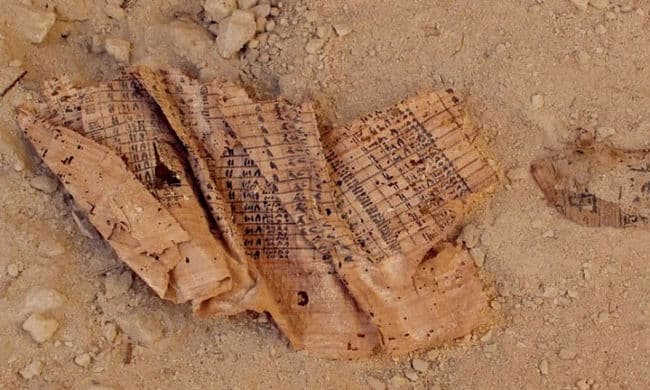
The Wadi al-Jarf site was first discovered in 1823 by British traveler and antiquarian John Gardner Wilkinson. In 2008, French Egyptologist Pierre Tallet directed a series of excavations that helped identify Wadi al-Jarf as an important seaport dating back 4,500 years to the reign of pharaoh Khufu and the construction of the Great Pyramid. Tallet’s team discovered that Wadi al-Jarf was a vibrant economic center with trade in materials used to build pyramids 241 km away. Archaeological evidence comes from Merer’s diary located among the papyri.
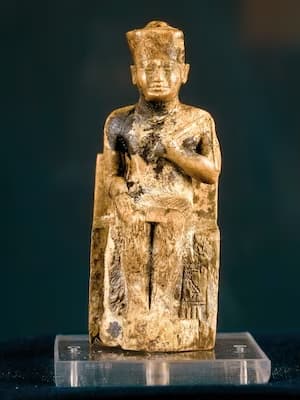
Wadi al-Jarf consists of several different areas, spread over several kilometers between the Nile and the Red Sea. From the direction of the Nile River, the first area about 4.8km from the coast contains 30 large limestone caves used for storage. This is where the papyrus scrolls were discovered. Continuing east for another 457m is a series of camps and then a large stone building divided into 13 parallel compartments. The archaeological team speculates that the building was used as a residence. Finally, at the seaside is the harbor with residences and storage space. Based on ceramics and inscriptions found at the site, researchers were able to date the port complex to the 4th Dynasty of Egypt, 4,500 years ago. They claim that the harbor was opened under pharaoh Sneferu and abandoned at the end of the reign of his son Khufu. Although operating for a short time, the port contributed to the construction of pharaoh Khufu’s tomb.
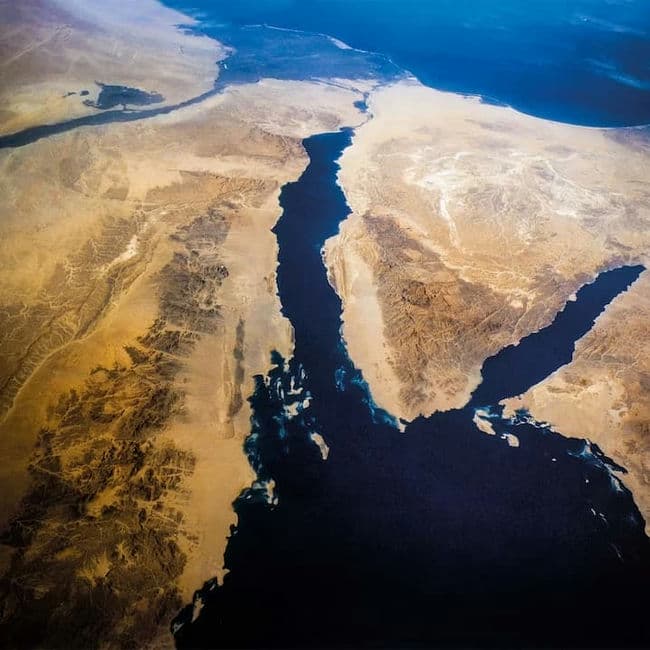
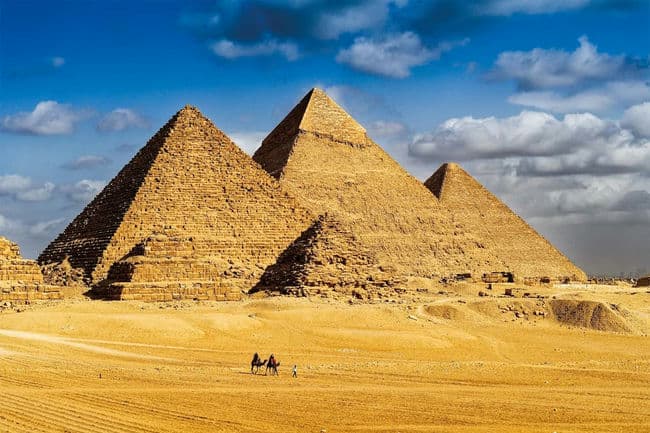
Along with the papyrus, many other important archaeological discoveries there revealed the importance of the harbor. Large structures such as the 183m long wharf show the strong investment in materials in the area. Tallet and his colleagues also found 130 anchors, proving that the harbor was very busy. From the harbor, the pharaoh’s ships sailed across the Red Sea to the Sinai peninsula possessing much copper. Copper was the hardest metal available at the time and the Egyptians needed it to cut stone to build the pharaoh’s giant pyramid. When they returned to port, the Egyptian ships were loaded with copper. Between trips, the ship is stored in a limestone cave.
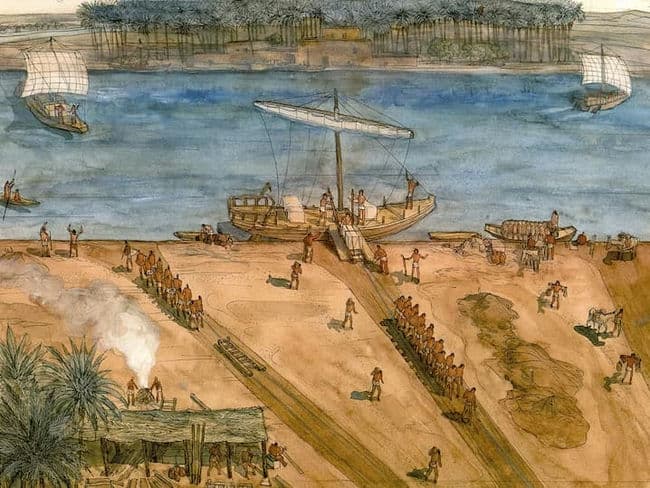
After the Wadi al-Jarf port ceased operations around the time of pharaoh Khufu’s death, a team from Giza sealed the chamber carved from limestone. During the process of blocking the limestone cave, Merer’s papyrus notes were likely stuck between the rocks. They lay in the desert for 4.5 millennia until discovered during an excavation by Tallet in 2013. The Red Sea scrolls were found on March 24 of the same year near the entrance to chamber number G2 . Tellet’s team collected the second and largest set of papyri stuck among the rocks in chamber G1.
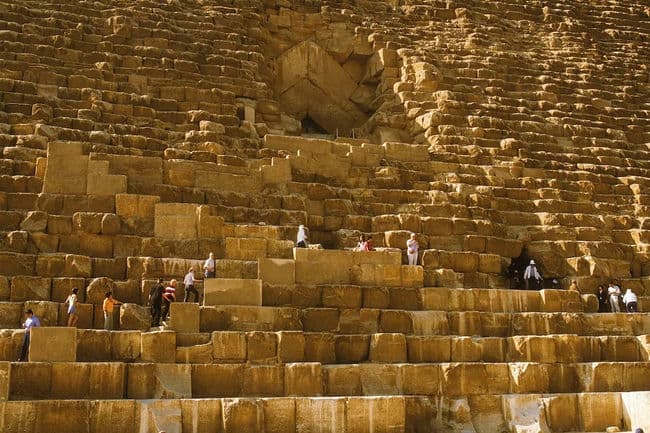
The Red Sea Scrolls contain several types of documents, but Merer’s notes have attracted the most attention. As leader of the worker team, Merer maintained records of the team’s activities in a diary. It was a daily record of the work his team performed during the three-month period of building the Great Pyramid.
Merer’s team consisted of about 200 workers who moved around Egypt and were responsible for all the work involved in building the Great Pyramid. Most notable are the limestone blocks used to cover the pyramid. Merer recorded in detail how they collected stones from the Tura mines and transported them to Giza by boat.
Workers in the Merer team will load the limestone blocks onto boats, move them along the Nile, and monitor the count at the management area before moving to Giza. A fragment from the diary describes a three-day journey from the quarry to the pyramid. The next day, Merer and the team returned to the quarry to deliver a new load.
Merer’s diary even revealed one of the pyramid’s architects. Ankhhaf, Khufu, Khufu’s half-brother held the position of “commander of all the king’s works”. Merer also carefully monitors the team’s wages. Because under the Egyptian pharaohs there was no currency, wages were paid in grain with the basic unit being ration. Workers receive more or less depending on their rank. According to the papyrus, the workers’ basic diet consisted of yeast bread, flat bread, various meats, dates, honey, beans, and beer.
Historians have long debated the status of the large labor force that built the Great Pyramid. Many people believe that the workers were slaves, but the Red Sea Scrolls provide contrary information. Merer’s detailed records of wages prove that the pyramid builders were skilled workers who were paid for their labor.

